#lepidosauria
Text

Most mosasaurs all had very similar body plans: they were streamlined scaly monitor-lizard-like marine reptiles with four rounded paddle-shaped flippers, and many of them also had large shark-like tail fins.
But Megapterygius wakayamaensis here seems to have been doing something a bit different.
Living towards the end of the Cretaceous, about 72 million years ago, in the waters covering what is now western Japan, this mosasaur was around the size of a modern orca, roughly 6m long (~20').
Unlike other known mosasaurs its flippers were huge, bigger than its own head and distinctively wing-shaped, with the back pair being larger than the front. This is an arrangement oddly reminiscent of the unrelated plesiosaurs, and may suggest a convergent sort of highly maneuverable "underwater flight" swimming ability – but unlike plesiosaurs Megapterygius also still had a powerful fluked tail, so how exactly all of its fins worked together is still unknown.
It's also the first mosasaur known to preserve potential evidence of a dorsal fin. Some of its back vertebrae show a change in orientation at the point where a fin base would be expected to be, closely resembling the vertebrae shape of cetaceans like the modern harbor porpoise.
—
NixIllustration.com | Tumblr | Patreon
#science illustration#paleontology#paleoart#palaeoblr#megapterygius#mosasauridae#mosasaur#squamata#lizard#lepidosauria#reptile#marine reptile#art#congrats to the artists who put speculative dorsal fins on their mosasaurs before this
594 notes
·
View notes
Text

Yellow-spotted monitor (Varanus panoptes)
Photo by Jurgen Otto
#yellow spotted monitor#varanus panoptes#varanus#varanidae#varanoidea#anguimorpha#squamata#lepidosauria#reptilia#tetrapoda#vertebrata#chordata
251 notes
·
View notes
Photo
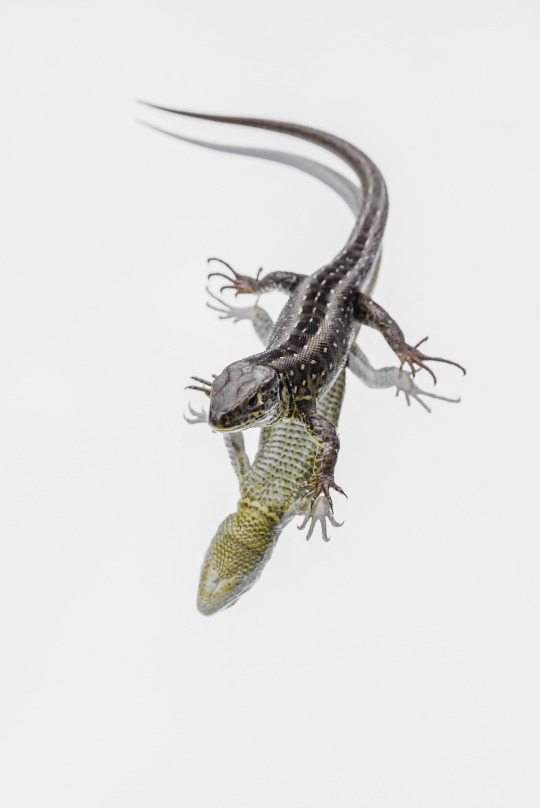
..
#animals#reptiles#baby animals#lizard#natural history#lacerta agilis#original photography#tiere#animal photography#reptilien#original photographers#eidechse#reptile#reptil#lizards#echsen#reptilia#lepidosauria#squamata#germany#deutschland#mirror#mirrored
4 notes
·
View notes
Photo

Man kann nie genug Leguane posten. . #costarica #costarica🇨🇷 #uvitacostarica #leguan #iguana #lizard #reptile #tierfotografie #animalphotography #reptilien #fernwehfamily #echse #iguanidae #lepidosauria #drachen #dragon (hier: Osa Costa Rica) https://www.instagram.com/p/CoAcroBshj_/?igshid=NGJjMDIxMWI=
#costarica#costarica🇨🇷#uvitacostarica#leguan#iguana#lizard#reptile#tierfotografie#animalphotography#reptilien#fernwehfamily#echse#iguanidae#lepidosauria#drachen#dragon
0 notes
Text
¿Historias cortas para no dormir y así no tener pesadillas?
Las serpientes u ofidios son un suborden de saurópsidos diápsidos pertenecientes al orden Squamata, del superorden Lepidosauria, caracterizado por la ausencia de patas y el cuerpo muy alargado. Se originaron en el período Cretácico.
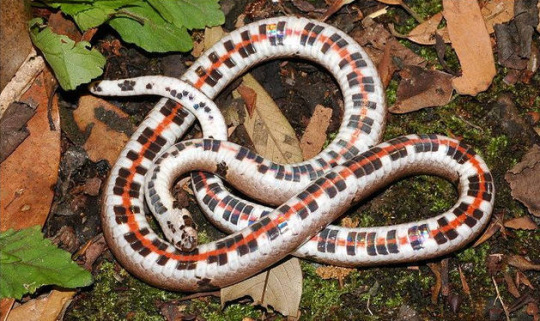
#Las serpientes u ofidios son un suborden de saurópsidos diápsidos pertenecientes al orden Squamata del superorden Lepidosauria caracterizado#¿Historias cortas para no dormir?
0 notes
Note
so if birds and crocodiles are dinosaurs, are other reptiles also dinosaurs?
Nope!
Crocodilians also aren't dinosaurs - they're the closest living relatives to birds, but only in the sense that they're both members of Archosauria, which is one of the two superorders of reptiles.
Here's a very simplified reptile family tree I drew up:

From the crown reptile, which is the common ancestor of all reptiles, we have two major branches - our superorders. The first are the archosaurs. Archosauria has two main branches - crocodilians and dinosaurs. Crocodilians are very closely related to dinosaurs, but it's only about as closely as lizards are related to snakes.
After Archosauria, we have archosauromorphs - these are reptiles more closely related to archosaurs than to other reptiles. This is where turtles and tortoises (probably, there's still some debate) fall on the family tree.
The sister order to Archosauria is Lepidosauria. There are two main groups here - we've got rhynchocephalians, tuatara are the only living examples today. Then, the sister order to rhynchocephalians, the squamates - that's where lizards, amphisbaenians, and snakes fit in.
So, yeah! Dinosaurs are really only a very small part of the reptile family tree, and birds are the only dinosaurs around today.
157 notes
·
View notes
Text
Multituberculate Earth: A world without lizards

The basic thesis of this project is to illustrate that groups we take for granted are only with us out of happenstance. Multituberculates instead of placentals and marsupials is a good display of this, but I went one step further. In this timeline, the last lizards died in the PETM, though snakes lived on.
Lizards were actually strongly impacted by the KT event. Many groups, like the famous marine mosasaurs and the weird chewing polyglyphanodonts, simply couldn’t make it anymore than non-avian dinosaurs did, ad those groups that did survive were highly affected. Indeed, in our timeline it took ten million years for lizard diversity to approach anything close to the condition prior to the asteroid impact.
They were also insanely lucky at that. Because at least two other groups of tetrapods encroached into lizard-like niches:
The sphenodonts, the other main group within Lepidosauria, started the Mesozoic great but declined across the Cretaceous, likely victims to the biotic turnovers induced by the spread of flowering plants. However, the Late Cretaceous of South America still held a large diversity of species both within Opisthodontia and the tuatara-line, with one even making it to the Paleocene. There’s also a possible sphenodont from the Paleocene of Morocco, showing that non-tuatara sphenodonts were fairly widespread until relatively recently. Indeed, a recent study shows that they at no point competed directly with squamates, occupying an unique place in the lepidosaur morphospace, so other factors must be at play for their diversity fluctuations.
The allocaudates are a group of amphibians with uncertain affinities (they’re not closely related to frogs and salamanders for one) which in our timeline lived until surpirisingly recently, in the Italian Pleistocene. They are covered with scales and at least some forms had chameleon-like tongues, so they were clearly more functionally similar to lizards than to moren amphibians like salamanders.
In our timeline, we just missed allocaudates before they went extinct (unless they’re hiding in some baraccopoli) and sphenodonts are currently represented only by a single species in New Zealand, the tuatara. They clearly missed a window of opportunity, especially since both groups were more diverse in the Paleocene.
In this timeline, this window is not wasted and both allocaudates and sphenodonts capitalize on small sized ectothermic niches, the latter doing so for the first time. Allocaudates aggressively spread across the north hemisphere while sphenodontians do so across the southern continents, with Afro-Arabia being a “middle ground” since both lineages were present there and then. Lizards cannot bounce back with so many other dry-skinned cold blooded gremlins walking about, and soon they are not an awful enough shape to die out in the PETM; whatever few forms remains will not pass the Grand Coupure.
The Eocene was thus a golden age for both sphenodontians and allocaudates; in the warm rainforest world, they quickly became cosmopolitan either due to land bridges or simply by rafting like most reptiles and amphibians do, though there was still clear faunal provincialism between the hemispheres. Broadly speaking sphenodontians came to occupy niches more associated with “robust” lizards like skinks and acrodonts while allocaudates came into a variety of niches akin to lacertids, geckoes, varanids and chameleons, though both groups have played at ome of the other’s roles particularly on isolated landmasses where the other group’s diversity was lower. Eocene forms could grow to enormous sizes, some sphenodontians occupying large herbivorous niches while some Komodo dragon sized allocaudates inspired terror in the forest floors.
The Grand Coupure brought about several losses, particularly of the Eocene giants, but both groups remain diverse across the planet. For now, the Oligocene retains mostly just small sized survivors, but as it progresses conditions become more suitable for new breeds of dragons…
In spite of all this, one lineage of squamates remains. Snakes were the only squamates to diversify early on the Cenozoic in response to mammalian and bird prey, and as such they remain here, gladly doing what they do best.
#multituberculate earth#squamata#lizard#lizards#reptile#reptiles#spec evo#speculative biology#speculative zoology#speculative evolution
45 notes
·
View notes
Text
A new clevosaurid (Lepidosauria: Rhynchocephalia) from the Upper Triassic of India
Published 3rd August 2023
A new clevosaurid, Clevosaurus nicholasi, from the Upper Triassic Tiki Formation in India is described based on partial material.
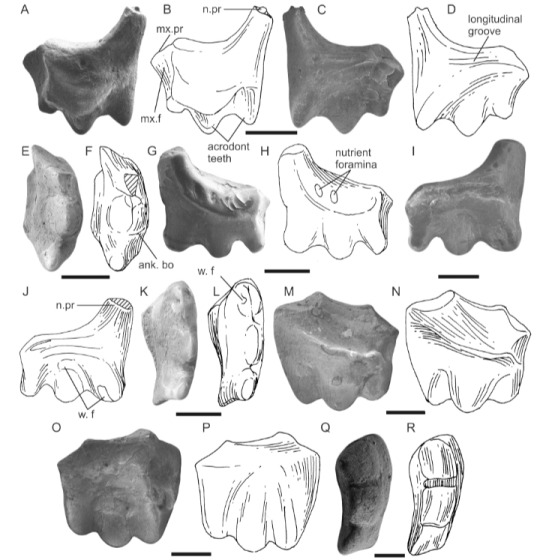
Clevosaurus nicholasi partial premaxilae

Clevosaurus nicholasi middle portions of manidbular
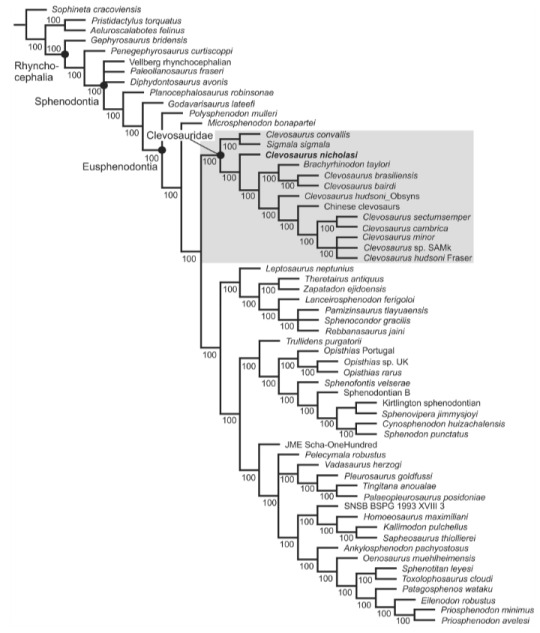
phylogenetic anaylsis of Clevosaurus nicholasi

Artist reconstruction of Clevosaurus hadroprodon, a different species of clevosaurid, by Jorge Blanco. from
Source:
2 notes
·
View notes
Text
Evolutionary origins of the prolonged extant squamate radiation
New Post has been published on https://petn.ws/R2Nx
Evolutionary origins of the prolonged extant squamate radiation
Jones, M. E. H. et al. Integration of molecules and new fossils supports a Triassic origin for Lepidosauria (lizards, snakes, and tuatara). BMC Evol. Biol. 13, 208 (2013). Article PubMed PubMed Central Google Scholar Pyron, R. A., Burbrink, F. T. & Wiens, J. J. A phylogeny and revised classification of Squamata, including 4161 species of […]
See full article at https://petn.ws/R2Nx
#ReptileNews
0 notes
Photo
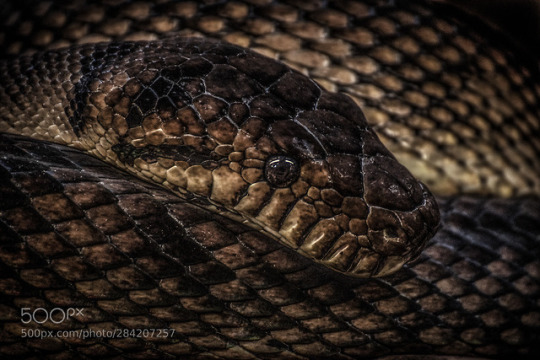
Snake at Bristol Zoo II by Arnau_Bolet
2 notes
·
View notes
Text
lepidosauria replied to your post: “part of me wants to draw mjn as taz:balance characters, but like…who...”:
douglas is taako
you right you right
1 note
·
View note
Photo

Slavoia darevskii was a lizard that lived in what is now Mongolia and Kazakhstan during the Late Cretaceous, about 85-70 million years ago.
Around 12cm long ~(4.75"), it had a compact skull, small eyes, a short neck, shovel-like hands, an elongated body and slightly reduced hind limbs – all features that indicate it was a burrowing animal, digging tunnels and feeding on underground invertebrates.
Its exact relationships are uncertain, but recent studies have suggested it was an early amphisbaenian, representing a point in the group's evolution before the full loss of their legs and the development of their extremely long worm-like shape.
———
Nix Illustration | Tumblr | Twitter | Patreon
#science illustration#paleontology#paleoart#palaeoblr#slavoia#amphisbaenia#worm lizard#lacertoidea#squamata#lizard#lepidosauria#reptile#art
224 notes
·
View notes
Text

Sailfin lizard (Hydrosaurus celebensis)
Photo by Chien Lee
#sailfin lizard#hydrosaurus celebensis#hydrosaurus#hydrosaurinae#agamidae#iguania#iguanomorpha#toxicofera#squamata#lepidosauria#sauria#sauropsida#diapsida#reptilia#tetrapoda#vertebrata#chordata
1K notes
·
View notes
Photo

..
#reptiles#lizard#animal photography#baby animals#animal portrait#lacerta agilis#original photographers#squamata#original photography#lepidosauria#light aesthetic#reptil#light academia#reptilia#pale aesthetic#sand lizard#zauneidechse#lizards#eidechse#animals#tiere#germany#deutschland#mirror#spiegel#mirrored#reflection#reflektion#cute animals#baby animal
12 notes
·
View notes
Photo
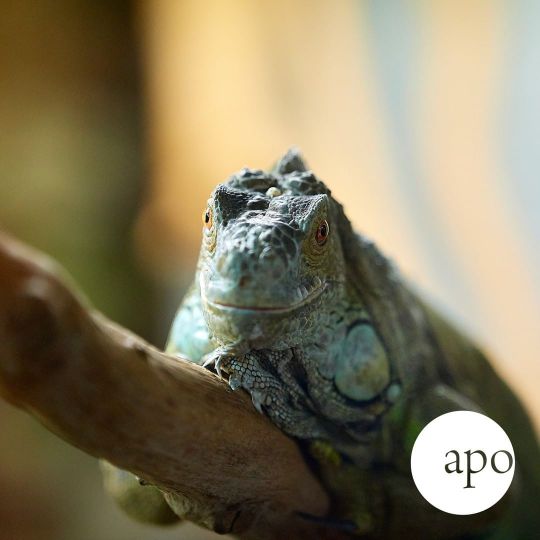
Iguane - Iguana #ambroisecharron #apo #apochrom #nikon #nikond5 #nikon200 #nikon200mm #nikon200f2 #iguane #iguana #iguanidae #godzilla #saurien #sauriens #iguania #sauria #lepidosauria https://www.instagram.com/p/CaOpp47IB8Z/?utm_medium=tumblr
#ambroisecharron#apo#apochrom#nikon#nikond5#nikon200#nikon200mm#nikon200f2#iguane#iguana#iguanidae#godzilla#saurien#sauriens#iguania#sauria#lepidosauria
1 note
·
View note
Text
¿Historias cortas para no dormir y así no tener pesadillas?
Las serpientes u ofidios son un suborden de saurópsidos diápsidos pertenecientes al orden Squamata, del superorden Lepidosauria, caracterizado por la ausencia de patas y el cuerpo muy alargado. Se originaron en el período Cretácico.
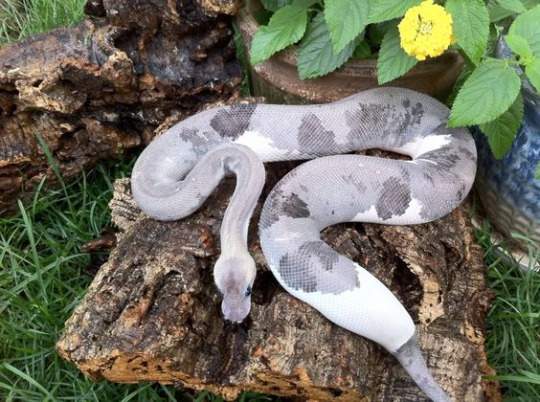
#Las serpientes u ofidios son un suborden de saurópsidos diápsidos pertenecientes al orden Squamata del superorden Lepidosauria caracterizado#¿Historias cortas para no dormir?
1 note
·
View note